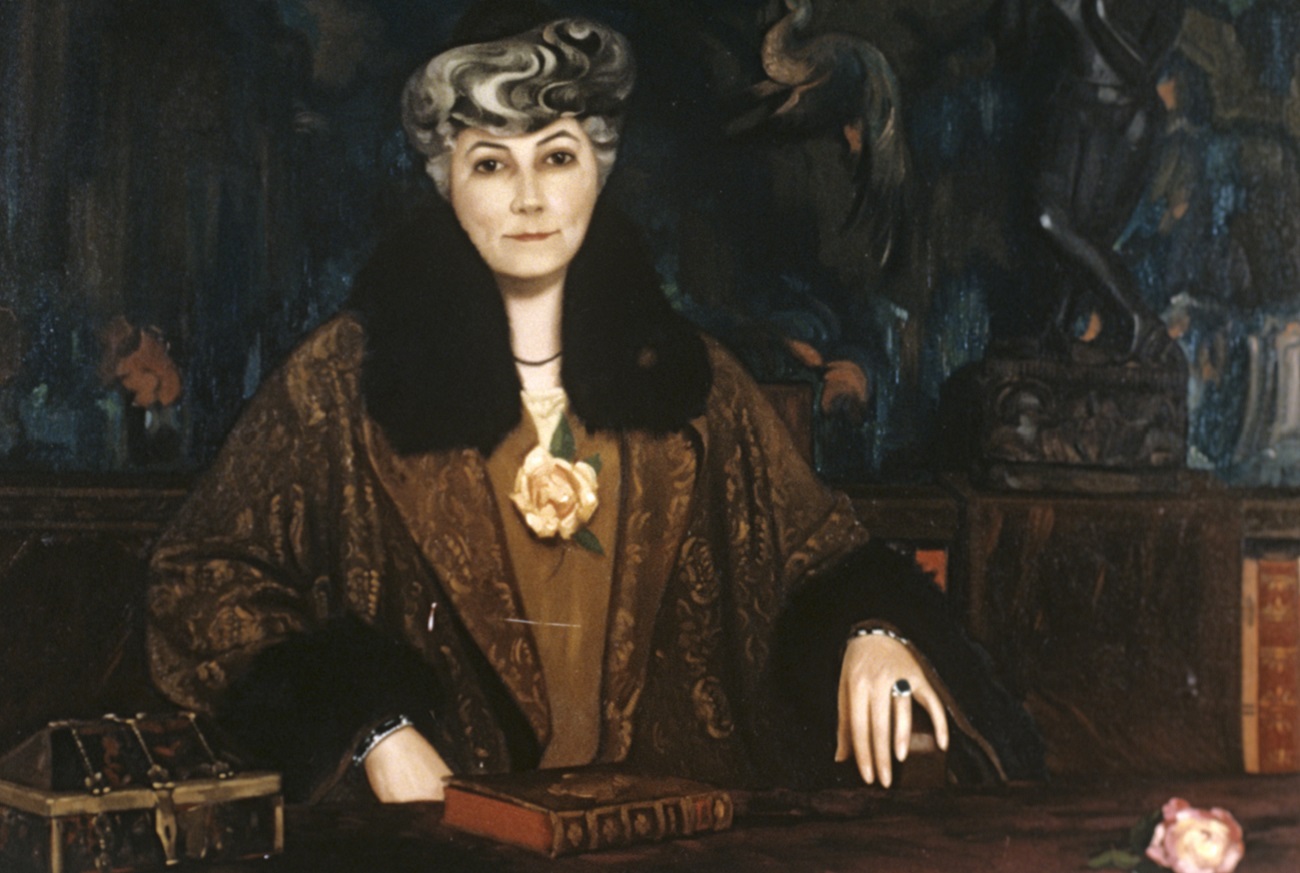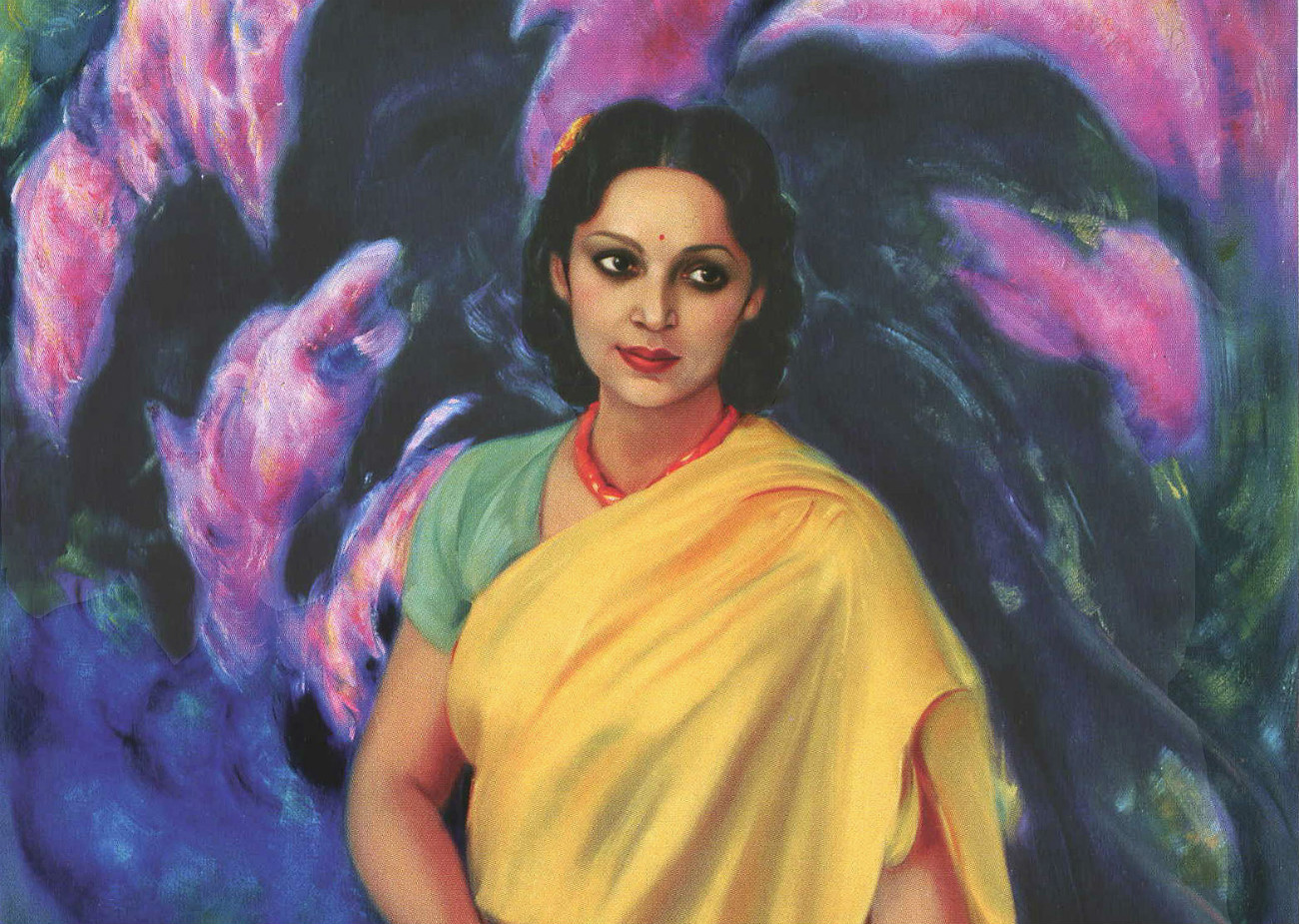When Helena Roerich called Kalimpong home

A portrait of Helena Roerich by Svetoslav Roerich (1937)
The mystical Roerich family believed that they were guided by Master Morya, who was also the guru of Theosophical Society founder Helena Blavatsky. When Nicholas Roerich passed away in 1947, his wife Helena Roerich, who was a great writer and philosopher in her own right, chose to remain in India and continue the work of the family.
Along with her son George, Helena Roerich moved to Delhi and then to Khandala, near Mumbai, before settling in the quiet hill station of Kalimpong in northern Bengal in 1949.
In her book titled ‘Nicholas and Helena Roerich: The Spiritual Journey of Two Great Artists and Peacemakers,’ Ruth Drayer wrote that Helena Roerich, in Kalimpong, “worked heroically to consolidate the (family’s) spiritual legacy for future safekeeping.”
Helena Roerich lived in Crookety House, a bungalow built by the British in the 1940s. She is believed to have carried on the work prescribed by Master Morya over the next seven years. “I exist only due to the ray of the Great Master, who said it was necessary for me to remain because no one could replace me as I worked under the highest Cosmic Sign, and this century was in need of my attainment,” Roerich said to friends, according to Drayer. The Russian philosopher’s main aim was to spread the message of Agni Yoga (Living Ethics).
Almost 70 by the time she moved to Kalimpong, Roerich’s health was beginning to fail but she showed little signs of illness. “She was very fond of the people of Kalimpong and blended in with the Tibetans, Gurkhas and Bengalis,” says Heinrich Mey, a German follower of the principles of Agni Yoga, who spends six months a year in India. “It’s hard to know what the Master was guiding her to do at that point, but Helena Roerich had access to another dimension- something hard to accept for a scientific Western mind.”
Over the next six years she did visit the Urusvati Institute of Himalayan Studies, which she founded in Kullu, but was in Kalimpong most of the time.
“For most of the year, she would live in the Crookety House, where she wrote, painted and meditated in a lawn from where one could breathe the fresh Himalayan air,” Mey adds.
In October 1955, she suffered two heart attacks in her sleep and died. She was 76. As per her wishes, Helena Roerich’s body was cremated on the top of a mountain facing Kanchenjunga. Her ashes were placed in a Buddhist stupa. The epitaph at the stupa, which is in the compound of the Zang Dhok Palri Phodang Buddhist monastery, reads: “Helena Roerich, the wife of Nicholas Roerich, thinker and writer, old friend of India.”
Her sons, George and Svetoslav and her daughter-in-law Devika Rani were touched when people from all over Asia came for the funeral. “Hindus, Chinese, Afghans, Tibetans, Mongols, Nepalis, Bhutanese and even some Japanese joined in the procession,” Drayer wrote in her book.
Helena Roerich museum
Crookety House has been converted into a museum and is managed by Italian admirers of the Roerich family, who established the Himalayan Institute of Ethics and Good Living.
The museum is now a major tourist attraction for visitors to the hill station that is close to Darjeeling. “The house which could be set in a Sussex village has been impeccably restored by the Agni Yoga organisation,” Ian Graham, a visitor from Britain, wrote in a popular travel review website. “The atmosphere in the house is one of tremendous stillness. One goes almost immediately into a meditative state on entering.”
Visitors like Mey make it a point to sit quietly in the garden and to try and tap into the deeper states of consciousness.
Tailpiece:
It’s very heartening to know that the heritage of the Roerich family spreads far and wide across India. The Roerichs were among the greatest friends that India ever had.
Ajay Kamalakaran is RBTH’s Consulting Editor for Asia. Read more of his articles here. Follow Ajay on Twitter and Quora.
If using any of Russia Beyond's content, partly or in full, always provide an active hyperlink to the original material.
Subscribe
to our newsletter!
Get the week's best stories straight to your inbox


